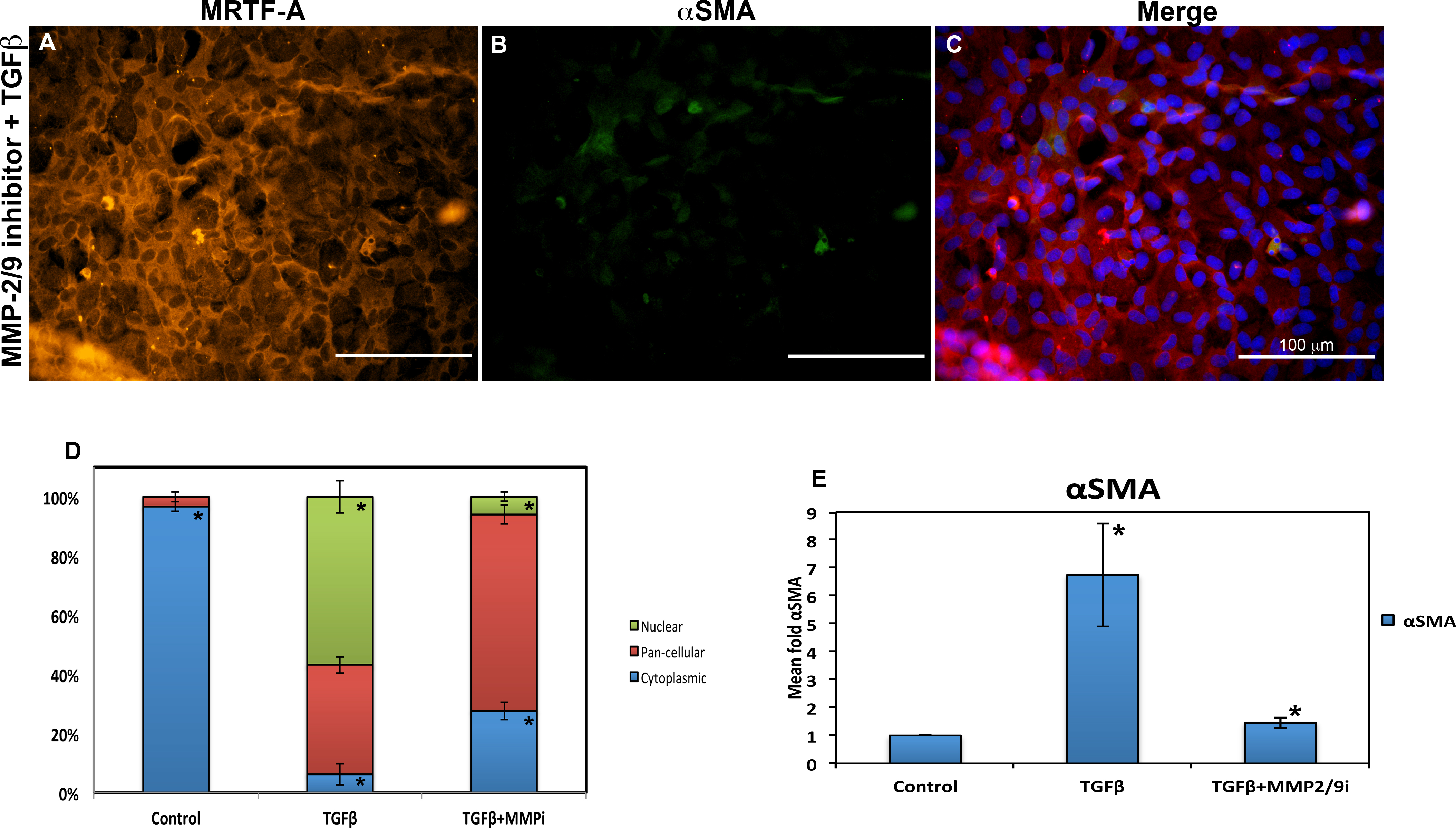Figure 4. Effect of matrix metalloproteinase-2/9 (MMP-2/9) inhibitor on transforming growth factor beta (TGFβ)–induced myocardin-related
transcription factor (MRTF-A) migration in rat lens explants. Rat lens explants were cotreated with TGFβ and MMP-2/9 inhibitor
and immunostained with Alexa Fluor 488 conjugated MRTF-A secondary (red), fluorescein isothiocyanate (FITC) for alpha smooth
muscle actin (αSMA; green), and 4', 6-diaminodino-2-phenylindole (DAPI) as a nuclear stain (blue). Cotreatment showed mostly
cytoplasmic and pan-cellular MRTF-A (
A) localization. There was also decreased αSMA expression in the cotreated cells (
B) compared to those treated with TGFβ alone (see
Figure 2). The composite image provides a clearer picture of the different intracellular localizations (
C). Each scale bar given equals 100 μm. Quantification of intracellular translocation of MRTF-A was performed with ImageJ (
D). Untreated (control) explants exhibited primarily cytoplasmic MRTF-A. Following treatment with TGFβ, a significant increase
in nuclear MRTF-A localization was observed. When compared to TGFβ treatment alone, the TGFβ and MMP-2/9 inhibitor cotreated
cells exhibited a significant decrease in cytoplasmic and nuclear MRTF-A (n=7, p<0.05). Production of αSMA was quantified
with western blots and ImageJ (
E). Quantification results demonstrate a corresponding significant increase *(p<0.05) in αSMA expression following TGFβ treatment
(n=6) compared to untreated explants (n=4). A significant decrease *(p<0.05) in αSMA was also observed in TGFβ +MMP-2/9 inhibitor
cotreated cells (n=4) compared to those treated with TGFβ alone.
 Figure 4 of
Gupta, Mol Vis 2013; 19:1017-1028.
Figure 4 of
Gupta, Mol Vis 2013; 19:1017-1028.  Figure 4 of
Gupta, Mol Vis 2013; 19:1017-1028.
Figure 4 of
Gupta, Mol Vis 2013; 19:1017-1028. 